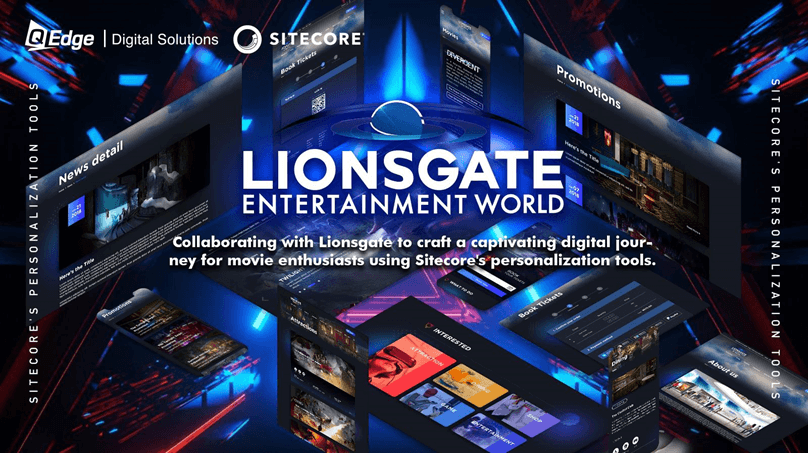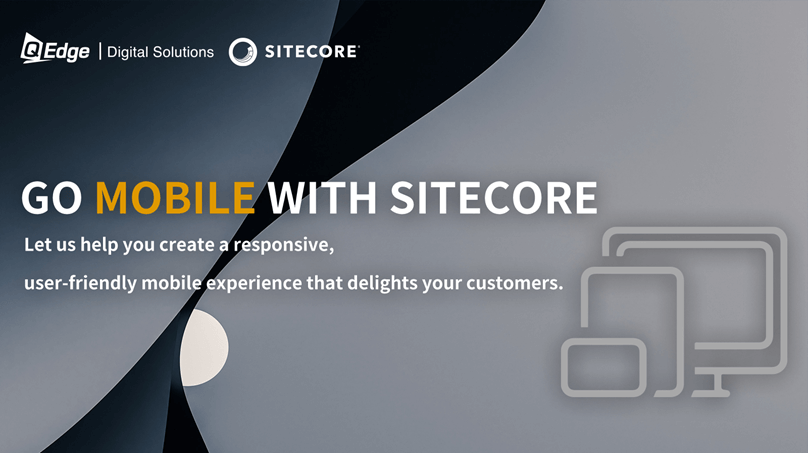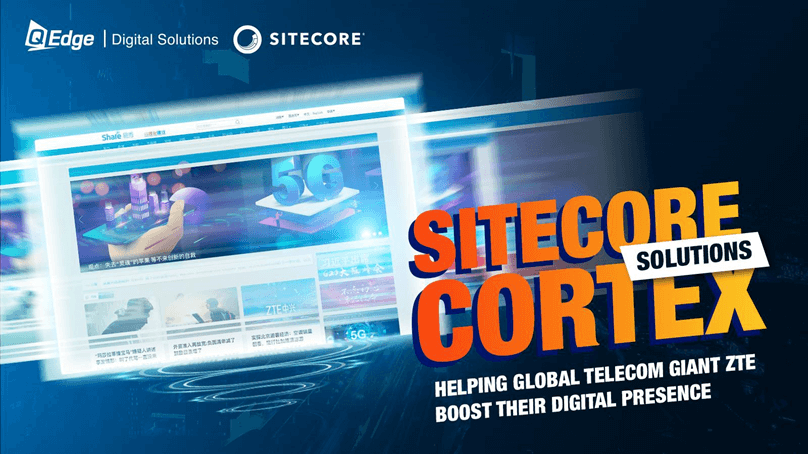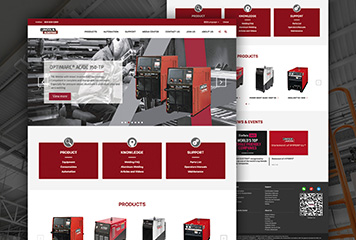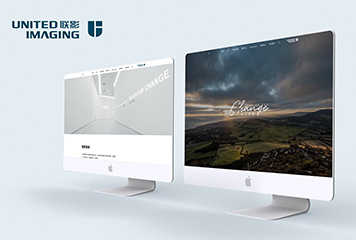HubSpot and Sitecore are two powerful marketing software platforms that can provide immense value when integrated together. HubSpot offers inbound marketing, sales, customer service, and CRM software while Sitecore is a .NET-based content management system and multichannel marketing platform. Integrating these two solutions allows you to leverage the strengths of both to deliver personalized and optimized experiences across every touchpoint.
In this complete guide, we'll cover the main benefits of integrating HubSpot and Sitecore as well as step-by-step instructions for setting up the integration.

Benefits of Integrating HubSpot and Sitecore
Here are some of the key benefits you can achieve by connecting HubSpot and Sitecore:

Key Steps for Integrating HubSpot and Sitecore
Now let's go through the key steps for setting up the integration:

Additional Functionality and Resources
The steps above cover the core integration setup between HubSpot and Sitecore. But there are additional capabilities you can implement to further optimize the integration:
- Personalize content based on HubSpot data like lead score, lifetime value, interests, etc. pulled into xConnect.
- Use HubSpot lists and segments to target content and personalize experiences for dynamic audiences in Sitecore.
- Enrich customer profiles in HubSpot with detailed behavioral data, interests, and engagement analytics from Sitecore.
- Automate cross-platform workflows using tools like Microsoft Power Automate to connect Sitecore and HubSpot data and events.
- Segment audiences between the platforms to activate tailored multi-channel campaigns.
- Leverage connectors like SuiteCRM to integrate CRM data from sources beyond HubSpot into Sitecore.
The Sitecore documentation provides in-depth technical details on the HubSpot integration architecture and capabilities. And the HubSpot developer site has resources on leveraging the HubSpot APIs for deeper integrations.
Integrating Sitecore and HubSpot takes some upfront configuration but delivers immense marketing power by unifying your technology stack. With the right integration in place, you can gain a complete view of your customers and craft seamless experiences that drive growth. Use this guide to get started connecting these two platforms today.

Service Cases:
